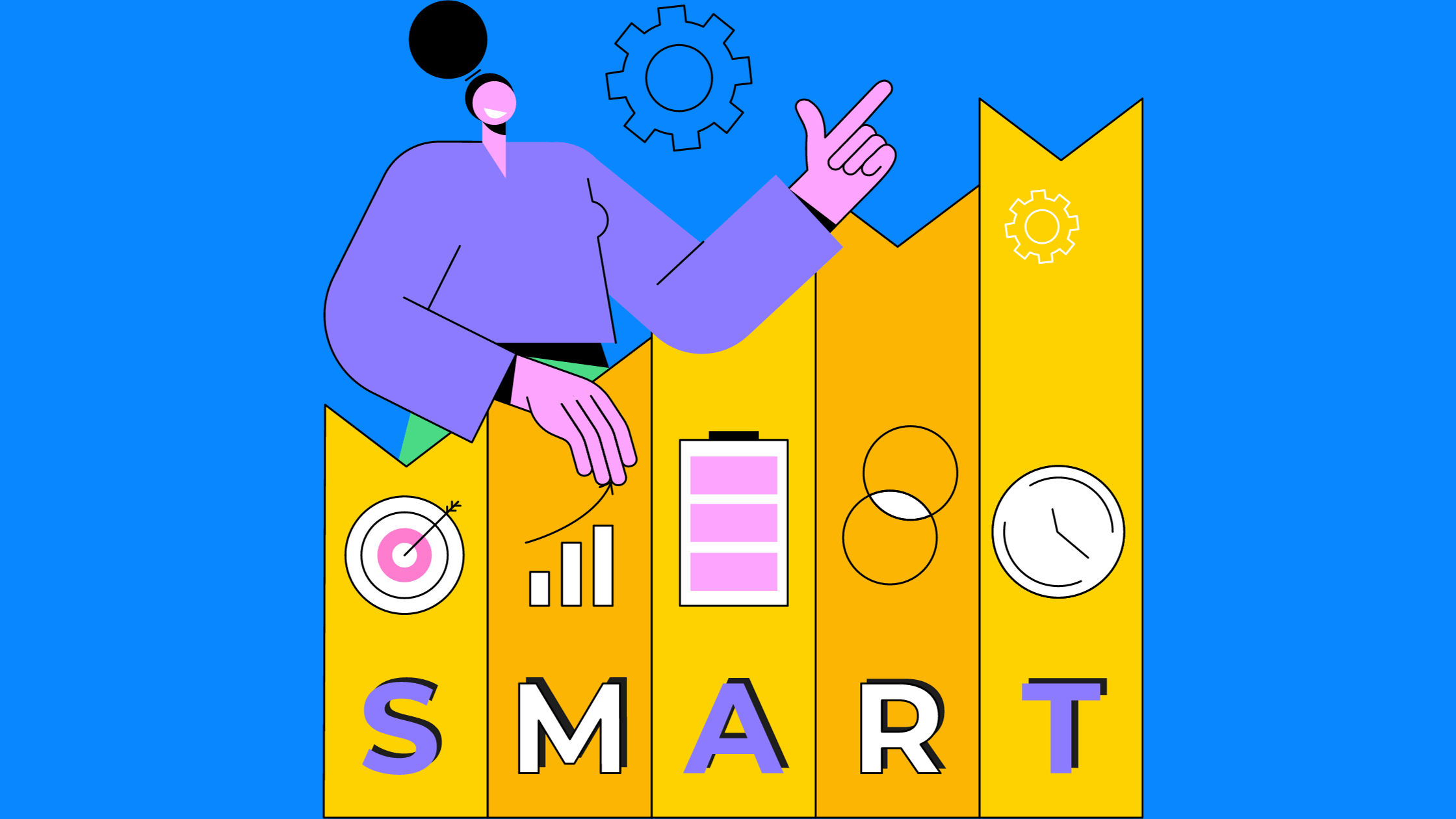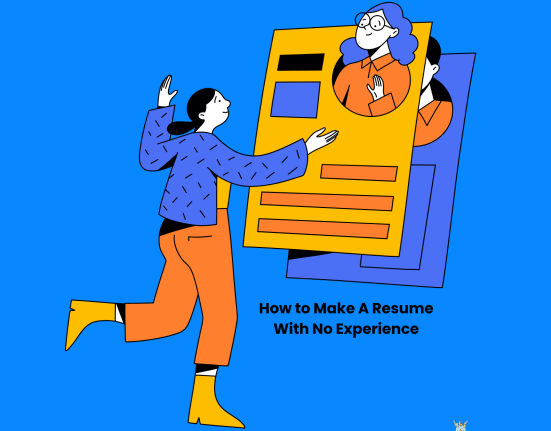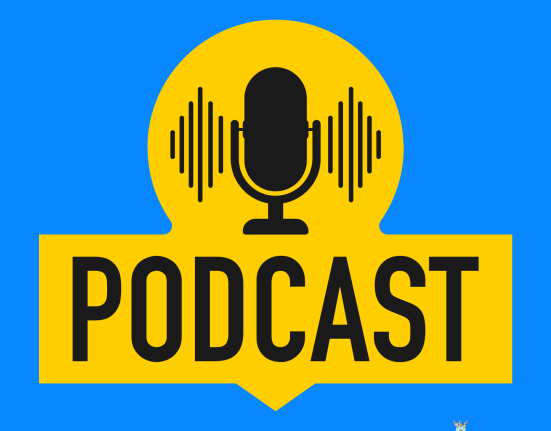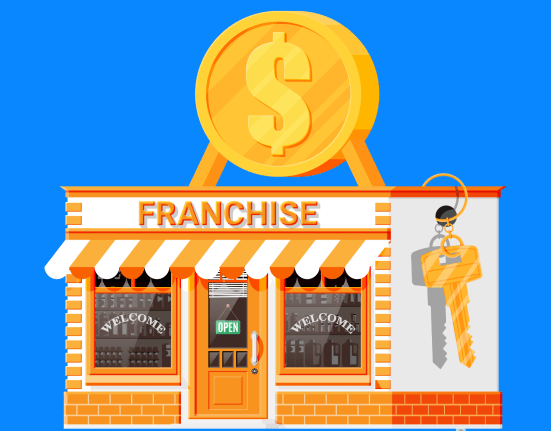Career planning is an important, but often neglected, aspect of a college student’s journey. In this dynamic (I mean very dynamic!) world of technology and design, the need for a well-defined career plan becomes even more critical. In this article, we’ll talk about the importance and steps of developing a career planning process.
See, it took me three job roles and two very different careers to figure out my calling. If only I had planned my career from the beginning, I wouldn’t have lost the first two years of my career. You don’t want that, do you?
Hence, to save your time and precious energy, start planning your career wisely. Understand that career planning lays the foundation for the next 30–40 years of your life. Convinced? Now, let’s get into the main idea of our article:
Career Planning Step-1: Understanding Yourself
Alright, I won’t bore you with basic sections like ‘what is career planning’ and ‘why is career planning important’. I know you’re smart enough to know that.
I’ll start straight off with actionable steps you can take to plan your career. Alright, let’s start with the first step of career planning: understanding yourself.

1.1 Self-Assessment Tools for You
Personality Assessments: Ever wondered why you enjoy team projects or love solo missions? Well, you may not enjoy either, but the idea is to know your personality. Tools like the MBTI can help you understand your interests, guiding you towards careers that align with your personality.
Skills Assessment: Having skills isn’t enough. You need to know when and where you can use them. Platforms like LinkedIn can show you where you’re already a pro. Knowing your skills helps you a lot in career planning.
Values Clarification: What really matters to you? Whether it’s making a difference or climbing the corporate ladder, clarifying your values helps you find a job that aligns with your beliefs. This sounds all philosophical, but it isn’t. Having a career that aligns with your values is a lifesaver.
1.2 Reflection on Personal Interests, Passions, and Goals
The second part of the first step is to dig deeper into your soul. Here’s how:
Explore Interests: What makes you forget about time? Look out for your hobbies and how you can use them in your career. In case you’re clueless, start trying different hobbies now. Check what clicks! (2024 is the best year to make profitable careers out of your hobbies)
Passions: Whether it’s tech, design, or a mix of both, identify what makes your heart race. That’s your career sweet spot. Although a niche and specialty is desired, having multiple quirks often helps create a better and more unique career path.
Goals: This is probably the most important sub-step of this section. Set your sights on your goals. Short-term or long-term, set goals that match your passions and interests.
1.3 Identifying Strengths and Weaknesses
Strengths: Find what you’re good at—problem-solving, creativity, speaking, presenting, or talking to aliens. Use these strengths to plan a career that lets you shine.
Weaknesses: No one’s perfect. Identify areas where you can level up. Maybe it’s learning new skills, taking feedback, or designing a complex web page. Know what’s required of you and improve continuously.
Career Planning Step-2: Researching Career Options
Once you get the gist of your interests, passions, strengths, and weaknesses, find a career path that aligns. Here’s how:

2.1 Utilizing Technology for Career Planning
Online Career Assessment Platforms: Picture this as your career GPS. Websites like O*NET or CareerExplorer can help you match your skills and interests with potential career paths.
Industry-Specific Websites and Forums: Check out industry-specific websites and forums to get the inside scoop on what it’s really like in different careers. If you’re into technology or design, you’ve got plenty of options.
For example – FuelEd Community. FuelEd is a competence-driven exclusive community of misfit techies, designers, and hustlers. Want to join? Apply here.
Virtual Informational Interviews: You can also connect with professionals in your dream field through virtual interviews. You can use platforms like LinkedIn and X (formerly Twitter) to network and interview with a lot of industry pros.
2.2 Creativity in Exploring Careers
Creative Problem-Solving Techniques: Being creative isn’t about coloring and doing something crazy. The idea here is to grab a pen, notebook, and start brainstorming. Use mind maps. Write down any and everything from your interests, skills, and likeable career options. You’ll eventually figure out a few careers that excite you!
Designing a Personalized Career Path: Times have changed. You don’t need to study B.tech to get an engineering job and you don’t have to work as an engineer just because you are a B.tech graduate. The internet now gives you the authority to create your own path. No matter how unconventional or abrupt it sounds.
Career Planning Step-3: Setting SMART Goals
Step 1 and 2 were about rough work. You’ve brainstormed a lot. Now, let’s get practical and set some goals that actually make sense.
3.1 Defining Specific, Measurable, Achievable, Relevant, and Time-Bound (SMART) Goals

Specific Goals: No beating around the bush. Define clear, specific goals that leave no room for ambiguity. If you want to be a software developer, say it loud and clear.
Measurable Targets: Keep it real. Set goals you can measure, like learning a programming language or completing a specific number of online courses. Tangible milestones keep you on track.
Achievable Objectives: Be realistic. Your goals should challenge you, but they should also be achievable. Don’t plan to conquer the tech world overnight; start with smaller victories.
Relevant Aspirations: Stay on target. Your goals should align with your overall career plan. If you’re into design, set goals that propel you forward in that direction.
Time-Bound Deadlines: No room for procrastination. Attach deadlines to your goals. It adds a sense of urgency and keeps you accountable. Want to learn a new skill? Set a deadline and make it happen.
3.2 Leveraging Design Principles to Visualize and Plan Goals
You may or may not be interested in designing, but try this:
Creating Vision Boards: Get visual. Collect images or words that represent your goals and arrange them on a board. It’s like your goal collage, a constant reminder of where you’re headed. You must have heard that “Images and videos are easier to understand and remember.” We’re using the same principle here.
No fluff, no fuss. Set goals that are crystal clear, achievable, and time-bound. Visualize them with simple tools like vision boards and mind maps, making your journey to success straightforward and effective.
Career Planning Step-4: Building Skills and Competencies
Ah, here comes the hard work. You’ve got an idea of the career you want to pursue. Now, it’s time to build your skills.
Cut to the Essentials: No beating around the bush. Identify the core skills required in your chosen field. For tech, it might be coding; for design, perhaps graphic software proficiency. Whatever it is, identify, learn, and iterate.
Online Courses and Certifications: You don’t need a degree. Use online courses, YouTube playlists or certifications to upskill efficiently. Platforms like Coursera, Udemy, or Khan Academy offer direct routes to acquire technical know-how.
You can also attend live virtual workshops and webinars to gain practical insights directly from industry experts.
Be Strategic: No need for complicated plans. Design a simple learning plan that balances technical skills with soft skills. It’s about being well-rounded in your expertise. Stay focused and practical.
Career Planning Step-5: Networking and Building a Personal Brand
This is the last step, I promise. As you build your skills and competency in your chosen field, build a presence that speaks volumes about your career planning journey.

Leveraging Social Media for Professional Networking
Understand that it’s not a popularity contest. You need to use social media strategically for professional networking. Platforms like LinkedIn and X are your digital business cards – connect with intention and purpose.
Now, who to connect with? Potential employers, industry experts, people who are at the position where you want to be, and more. You never know where your next opportunity comes from. So, try to open as many doors as you can.
Developing a Personal Brand
Choose a Cohesive Aesthetic: Keep it simple. Opt for a clean and cohesive look across your online platforms. See, you’re not alone. There are thousand people doing exactly the same things. Hence, the first step to look different and memorable is to have a consistent style across socials. Consistency breeds recognition.
Highlight Your Professional Journey: Showcase your progression. Share your experiences, projects, and achievements to demonstrate your professional growth. Even if you’re just starting out, talk about the things you are learning. It’s your online portfolio; make it count.
Utilize Design Principles: No need for flashy graphics. Implement basic design principles for a visually appealing profile. Clear fonts, consistent color schemes, and a professional profile picture go a long way. This is important because every social media and networking platform boosts visuals.
Tell Your Story: Even if you ignore all the other steps, don’t ignore this one: Be authentic. Use your bio to tell a concise but compelling story. Let people know who you are, what you stand for, and where you’re heading in your career.
Conclusion
Career planning isn’t hard; it’s just a bit boring, at first. But when you start, it keeps getting better and more interesting. In case you skipped the whole article, here are the steps I’ve talked about –
- Understand yourself: Your skills, interests, hobbies, passions, and values.
- Figure out career paths: Use the new insights about yourself to choose the best career for yourself.
- Set SMART goals: Once you figure out the destination, plan your journey with practicality.
- Network and Brand: Both are inter-related. Building a personal brand is about strategically connecting with the right people on social media.
Short, sweet, and easy, right? It really won’t take you more than a week to figure out the best career plan for yourself. If you still need help, join FuelEd community.











Leave feedback about this